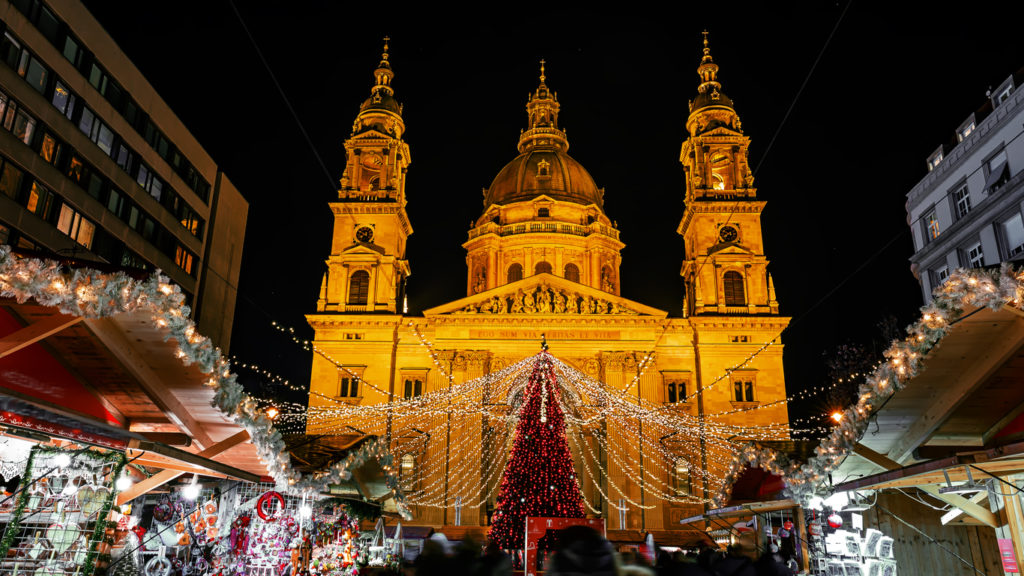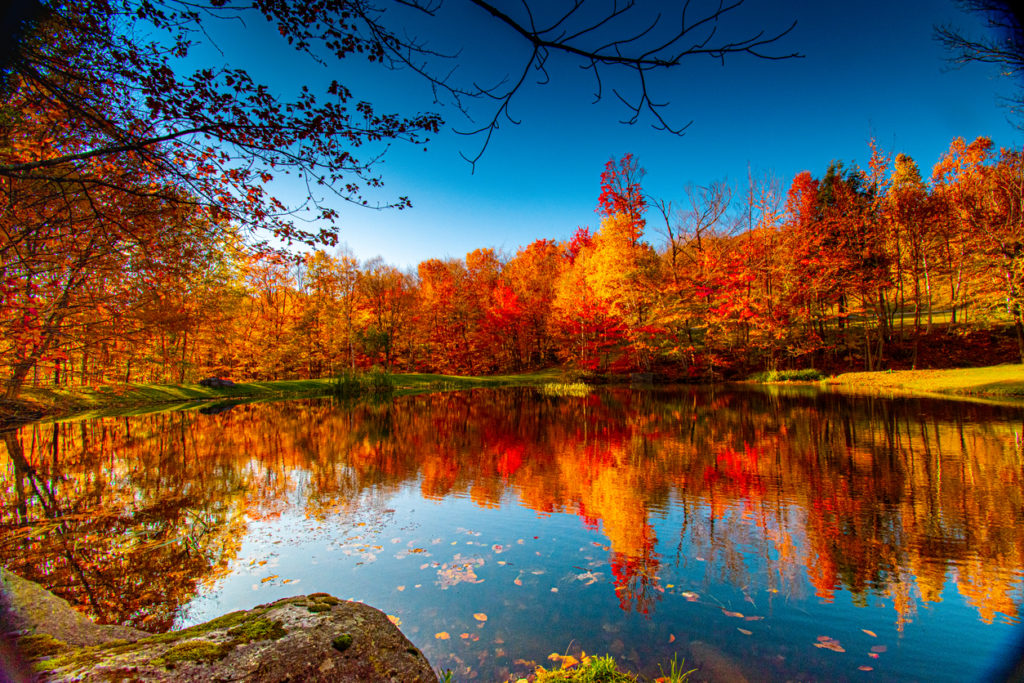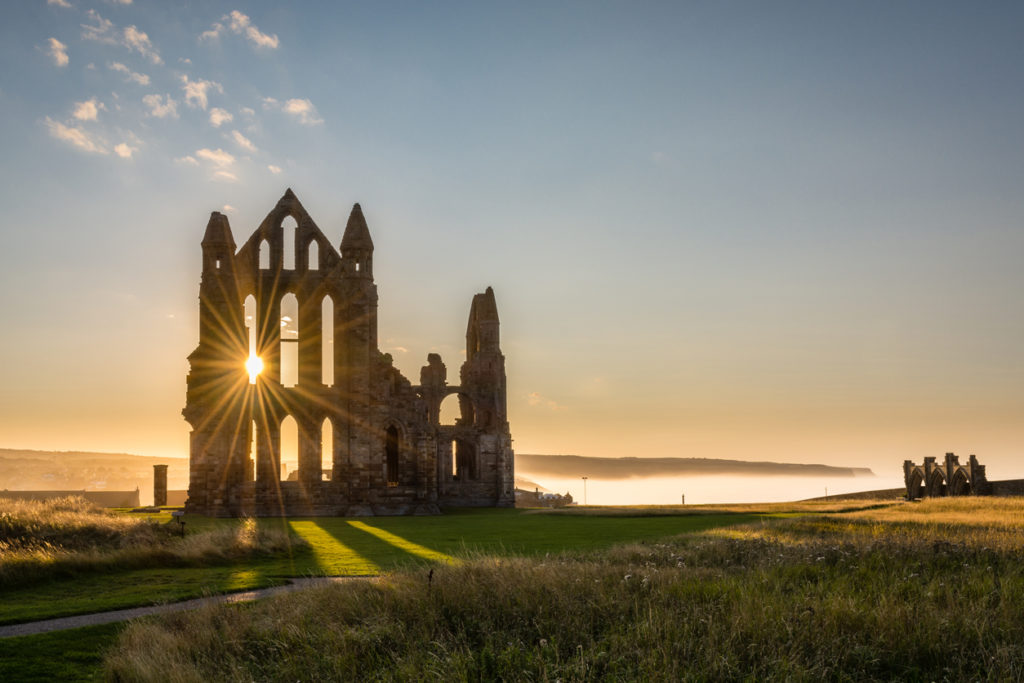
Religious sites in the UK has contributed significantly to shaping its history and culture. Christianity was brought to the people of Britain in the first century and spread throughout the country in the centuries to follow.
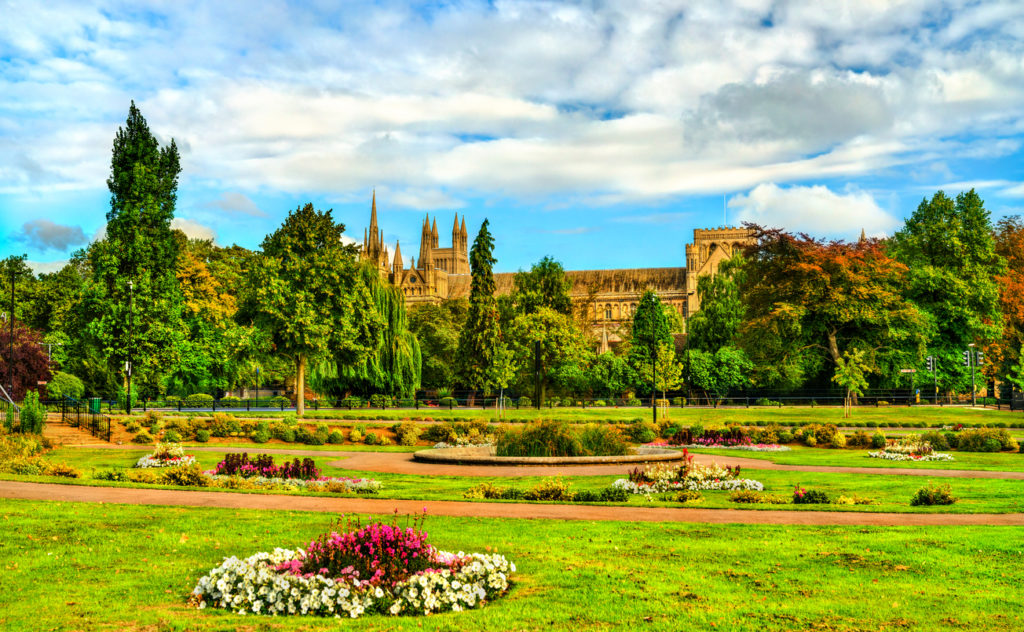
Even though the UK is a land of many religious beliefs, Christianity has been embraced by the vast majority of the country and has a long history captured within the walls of majestic Gothic cathedrals, modest churches, and sacred sites all over the UK. A tour of some of the most important religious sites of the UK is a fascinating incursion into the country’s past and spirituality for both religious and simply curious travelers.
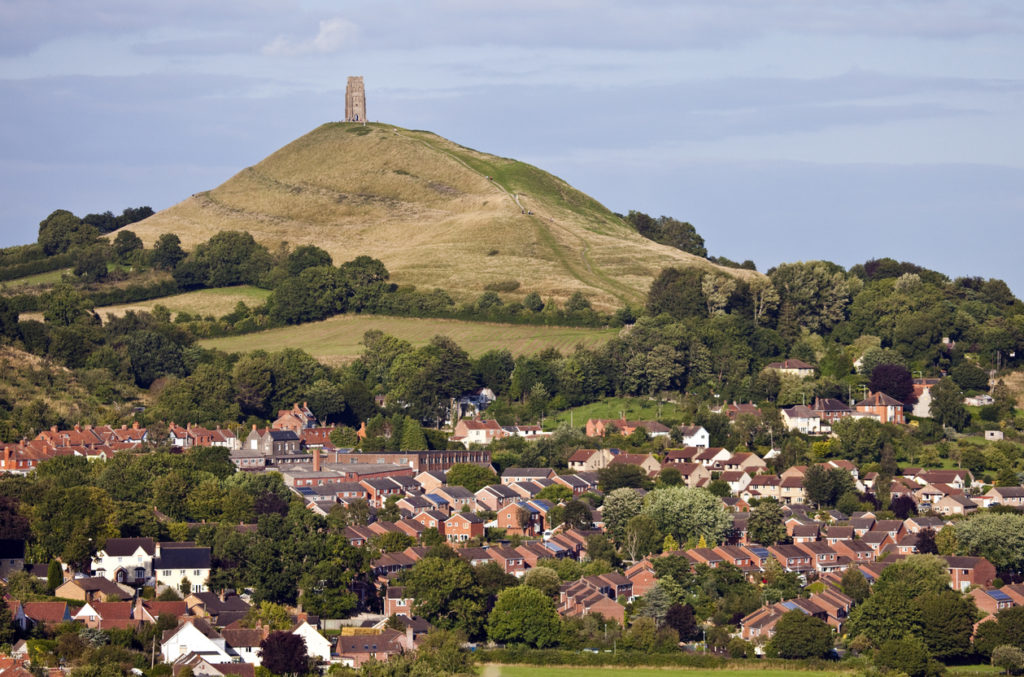
Glastonbury Tor
A trip to Glastonbury Tor takes pilgrims back in time when the Glastonbury Tor was part of a 14th-century church dedicated to St. Michael. The church was destroyed by an earthquake, but this captivating, mysterious, and intriguing Tor is standing tall, rising abruptly from the ground and tempting visitors with mythical tales.
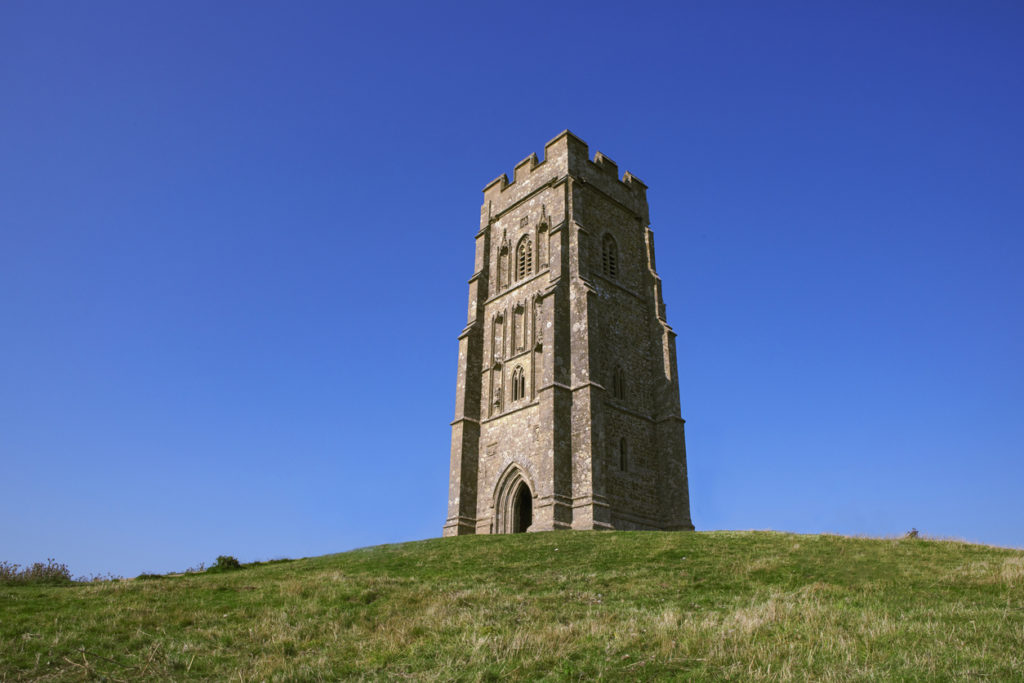
The site of the Glastonbury Tor has long been the center of numerous legends, such as the one that tells the story of a secret cave that leads to the Celtic fairy world of Annwn. Tor was once believed to be Avalon, while Christians believe the site was visited by Jesus who came here with his uncle, Joseph of Arimathea. Moreover, some believe this is where the Holy Grail has been buried. In 1191, the monks at the Glastonbury Abbey believed to have found the burial sites of Arthur and Guinevere. Sacred or not, the site of the Glastonbury Tor is truly a magnificent site.
Westminster Abbey, London
There’s no conversation about the most beautiful religious sites of the UK without mentioning the majestic Westminster Abbey in London. Imposing, dazzling, and royal, Westminster Abbey is one of the most important religious sites in the UK ever since William the Conqueror has been crowned here in 1066.
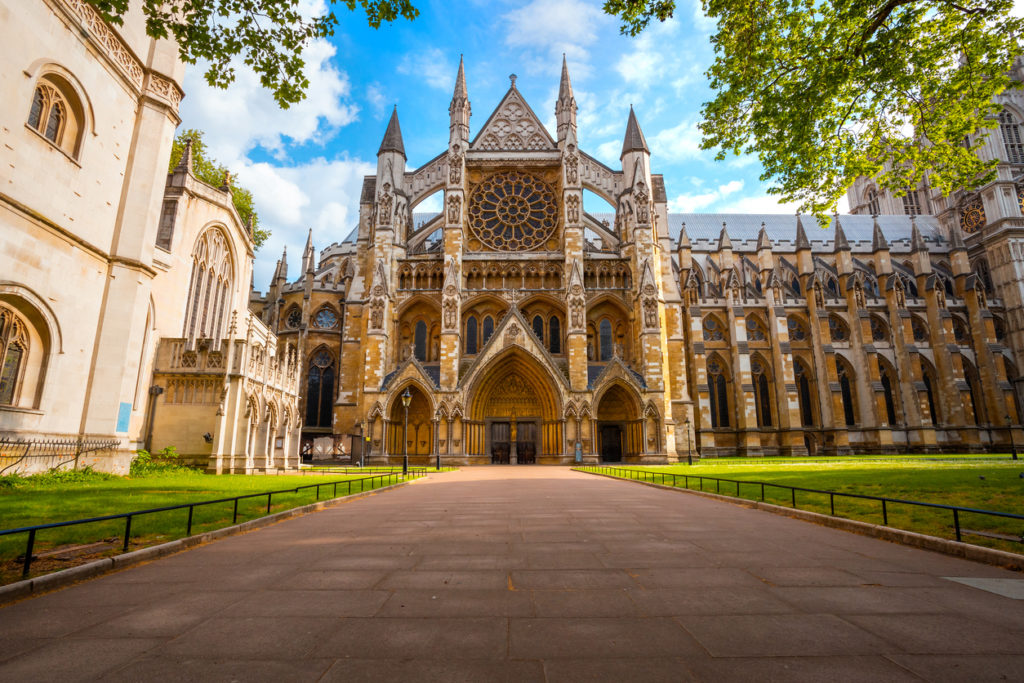
The current Westminster Abbey is 700 years old and has been the scene of every coronation after William. Adorned with beautiful stained-glass windows and tapestries, and home to more than 600 monuments dedicated to famous Britons, Westminster Abbey is also a museum dedicated to royalty and history. The Poets’ Corner is a resting place for famous poets and writers, such as Charles Dickens and Rudyard Kipling.
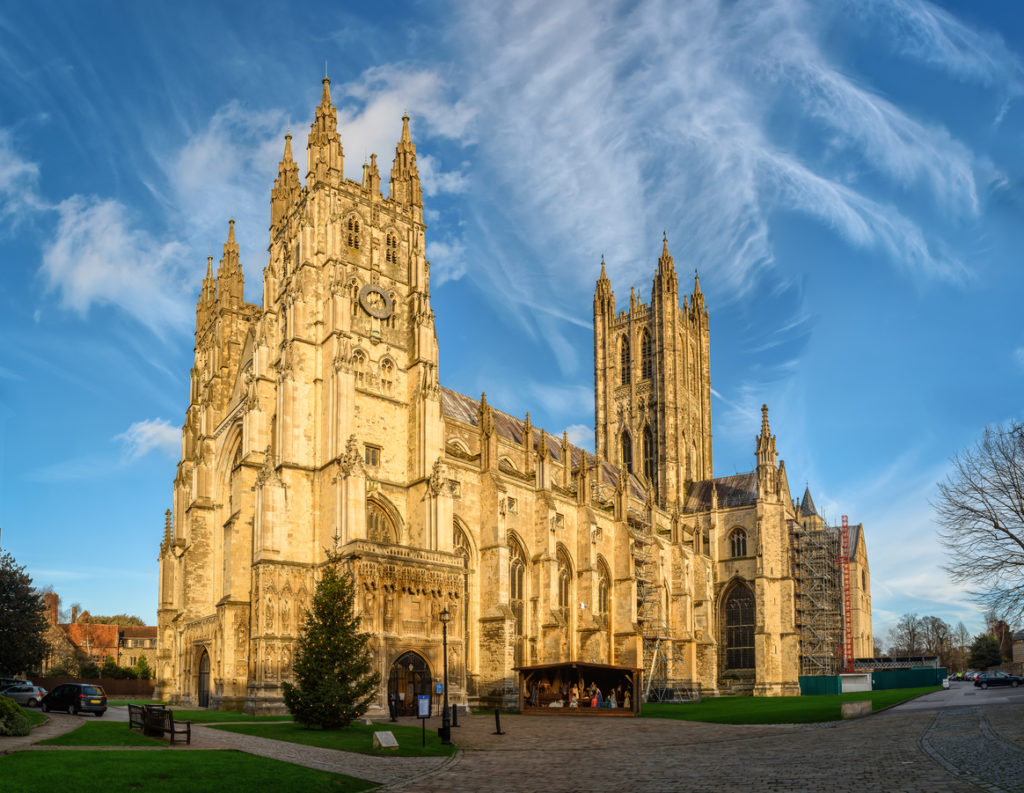
Canterbury Cathedral, Kent
One of the oldest Christian churches in the country, dating back to the time of Saint Augustine, the first Bishop of Canterbury, Canterbury Cathedral is a sacred wonder in Kent. The cathedral has been attracting pilgrims ever since Archbishop Thomas Becket was murdered within its walls in 1170. Reports of miracles have followed his grisly death, and pilgrims flocked here to try and find a cure for their various ailments.
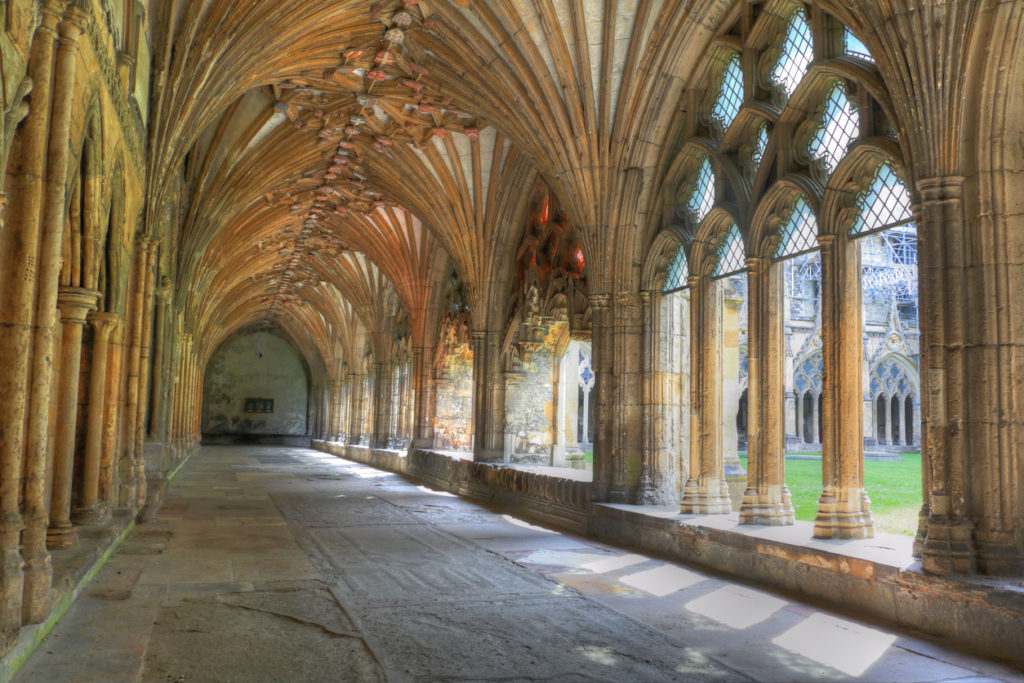
Currently, a UNESCO World Heritage Site and an Anglican religious site, the beautiful cathedral attracts more than one million visitors every year, all eager to see Saint Thomas Becket’s shrine and admire the cathedral’s splendid medieval stained glass windows and overwhelming Gothic architecture.
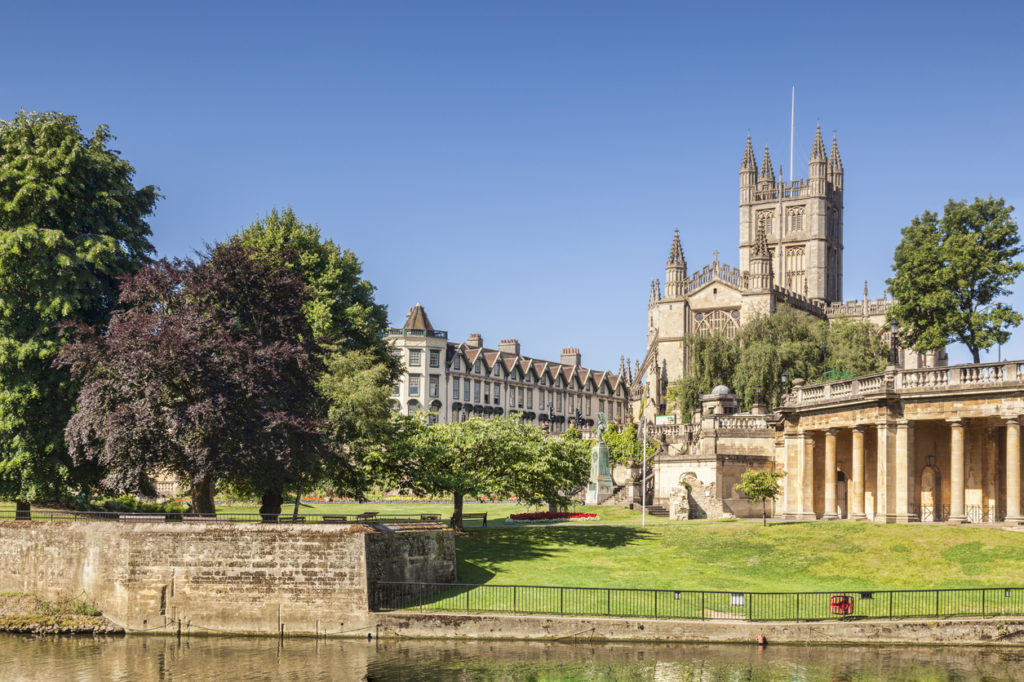
Bath Abbey, Bath
A medieval masterpiece, Bath Abbey was designed following a cruciform plan. The construction works started in 1499 and the interior was adorned with extraordinary features, such as nave arcades, fan vaulting, low aisles, and no less than 52 windows that allow for the abbey to be invaded by natural light and an airy atmosphere despite its heavy, sumptuous exterior. Visitors who are willing to climb the 212 steps to the bell chamber will get to stand on top of the vaulted ceiling.
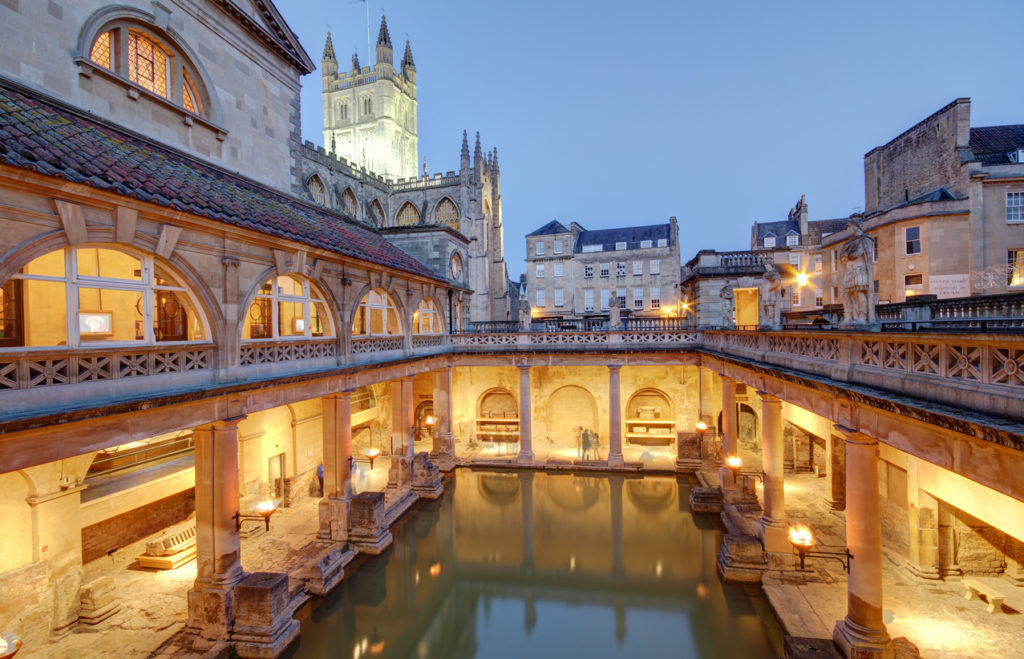
When in Bath, do visit Bath’s volcanic spas too, believed to have been an important religious site since before the Roman period. Around the first century AD, the site became a temple to the Roman god Minerva, and a visit to the on-site museum gives visitors the chance to admire the statue head of Minerva, a masterpiece that is over two thousand years old.
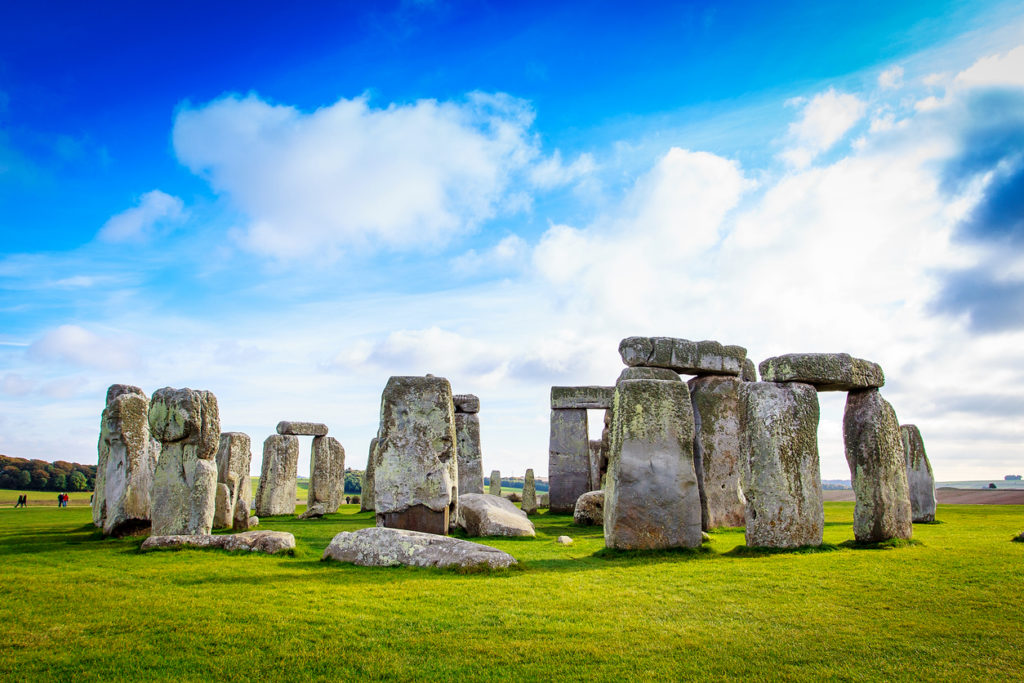
Stonehenge
Even though Stonehenge has never been associated with Christianity and archaeologists still aren’t sure about its purpose and significance, this historical site emanates an irresistible spiritual aura.
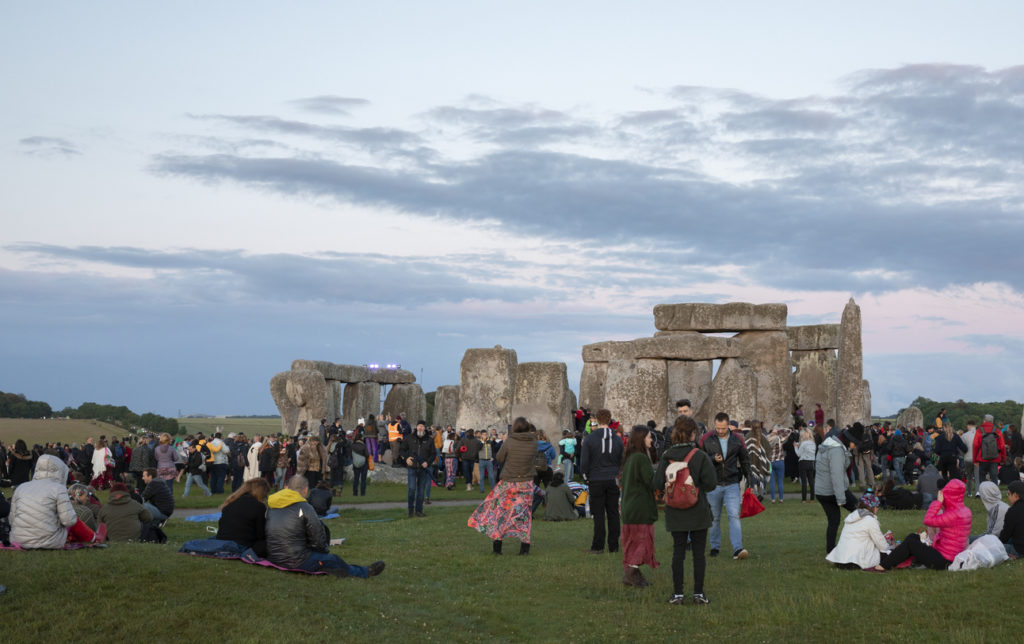
The prehistoric circle of upright stones situated in southern England is 4,000 years old. Aligned perfectly with the sunrise on the summer solstice, Stonehenge is believed to have been a place of worship for Druids. Nowadays, the site is a pilgrimage destination for Neo-pagans or various forms of Celtic pagans who share the beliefs of Druids and visit the site to embrace the site’s powerful energies.

